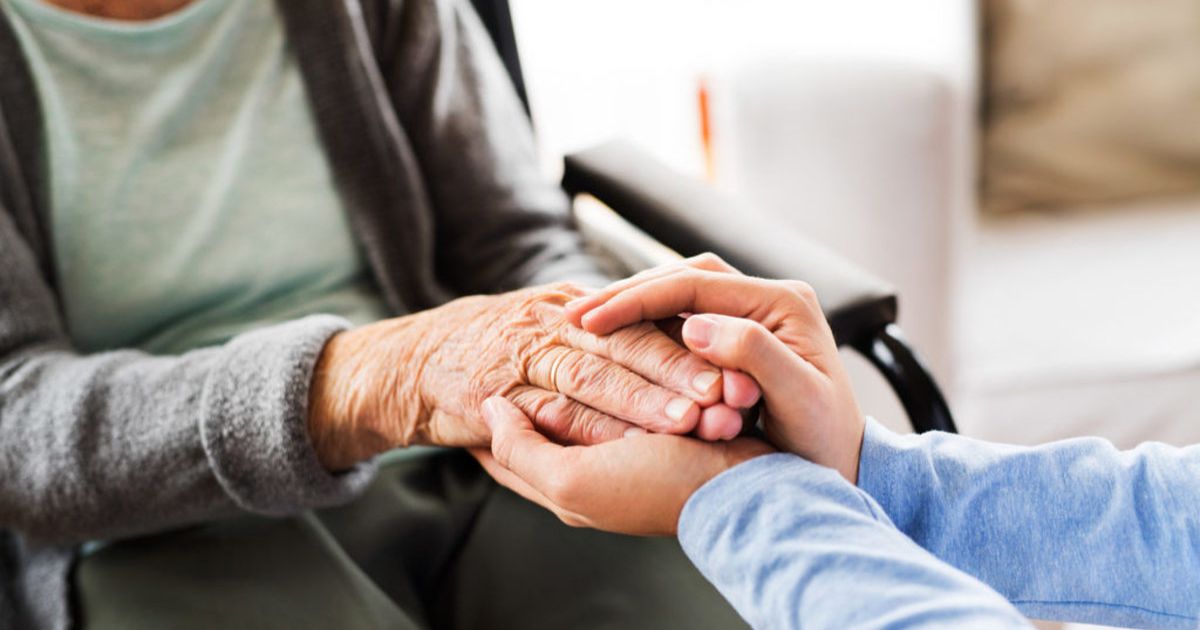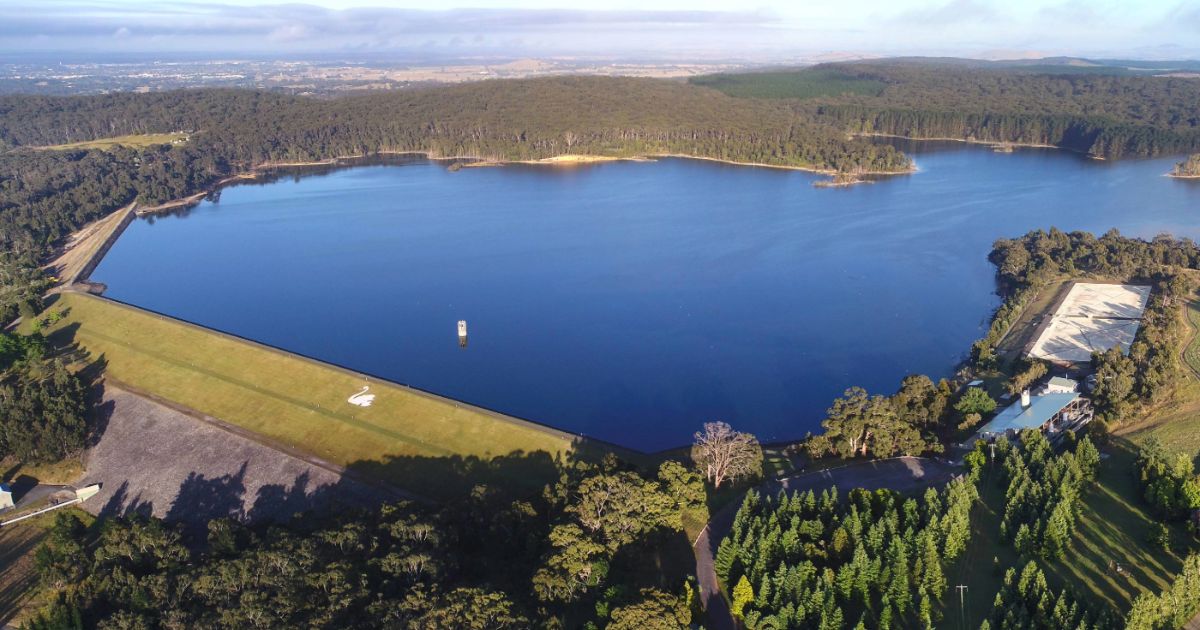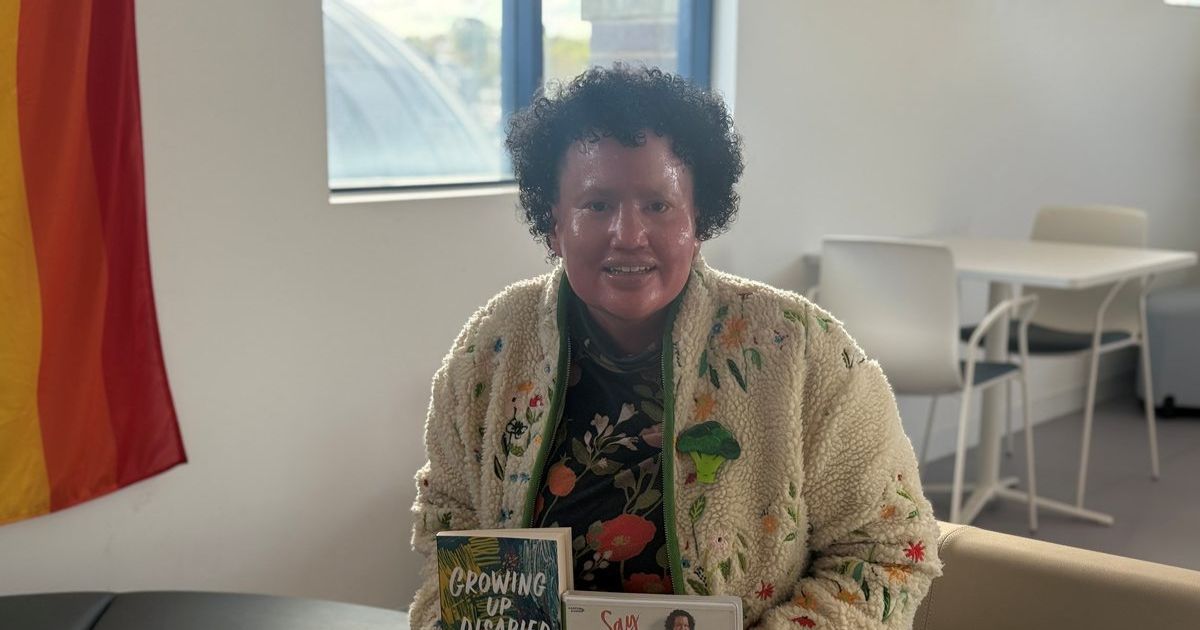Sustainable energy plan gets cash injection

Powering up: The Committee for Ballarat has received a $20,000 grant for a feasibility study into a Ballarat Energy Network. Photo: SUPPLIED
THE plan to establish a community-owned sustainable energy source in Ballarat has been given a major boost in the form of a $20,000 grant.
The funding, from the Foundation for Rural Regional Renewal (FRRR), will help the Committee for Ballarat carry out a feasibility study on the concept of a Ballarat Energy Network.
The committee is one of six in Victoria to share in $179,950 from the FRRR.
A total of 27 initiatives aimed at empowering rural communities around Australia to adopt practices and solutions that reduce emissions and address the impacts of climate change are sharing in $685,242.
The FRRR’s Community Led Climate Solutions program offers grants in two streams, with different grant funding.
It allows not-for-profit organisations to prioritise local needs and address factors affecting their communities’ ability and capacity to adopt new ideas, adapt to a changing climate, and take actions to mitigate risks of climate change.
FRRR climate solutions portfolio lead Sarah Matthee said the Community Led Climate Solutions program emphasises the importance of empowering local people to lead local climate solutions.
“Local NFPs and community organisations want to play a bigger role in creating sustainable and enduring climate solutions for their communities,” Ms Matthee said.
“This program responds to that need, which is why it continues to attract more and more applications,” she said.
“The intent is to empower and enable communities to lead change by innovating and responding to local opportunities and challenges.”
Ms Matthee said the funded projects showcase a diverse range of future-focused, community-led climate solutions including addressing energy supply, reuse and recycling, distributing knowledge and climate risk adaptation.
“This diversity reinforces the fact that each community’s experience of the social, economic and environmental impacts of a changing climate is unique.
“So too are the ways that communities want to respond to those circumstances. For example, more than half the projects funded in this round are designed to develop awareness, knowledge and skills.”


















